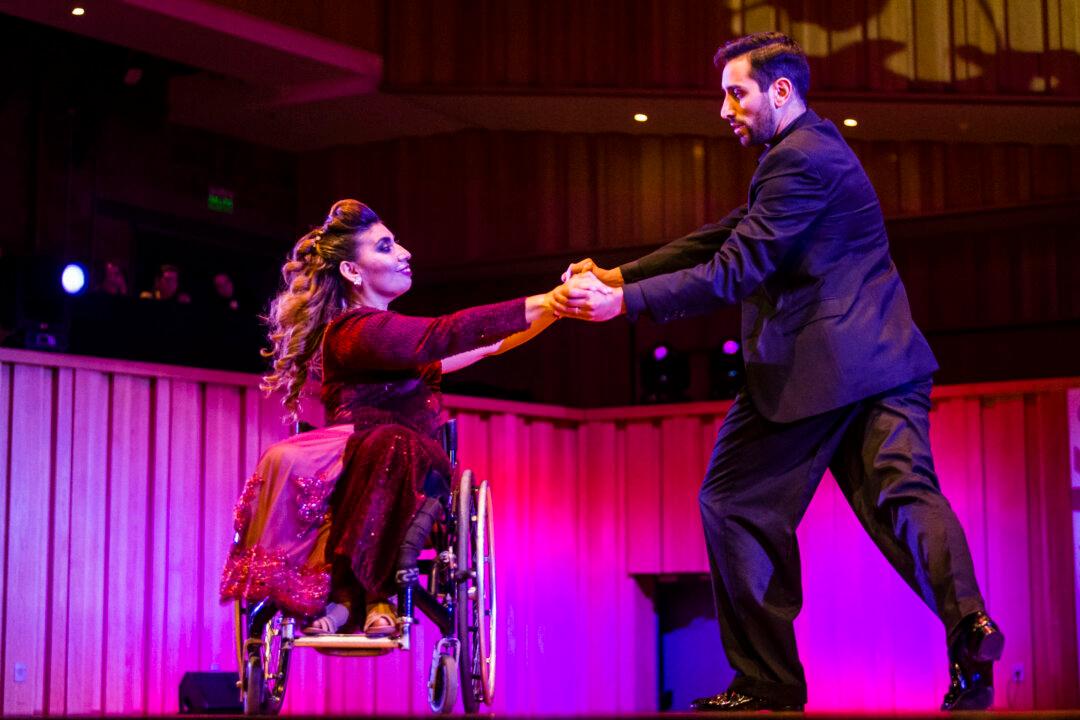Tango is the traditional Argentine dance, a synonym of sensuality. A dance characterized by fast feet movements, while upright couples embrace and look at each other.
That’s why, when Gabriela Torres took the stage of the World Championship of Tango with her wheelchair, she challenged the idea of how to dance tango.
